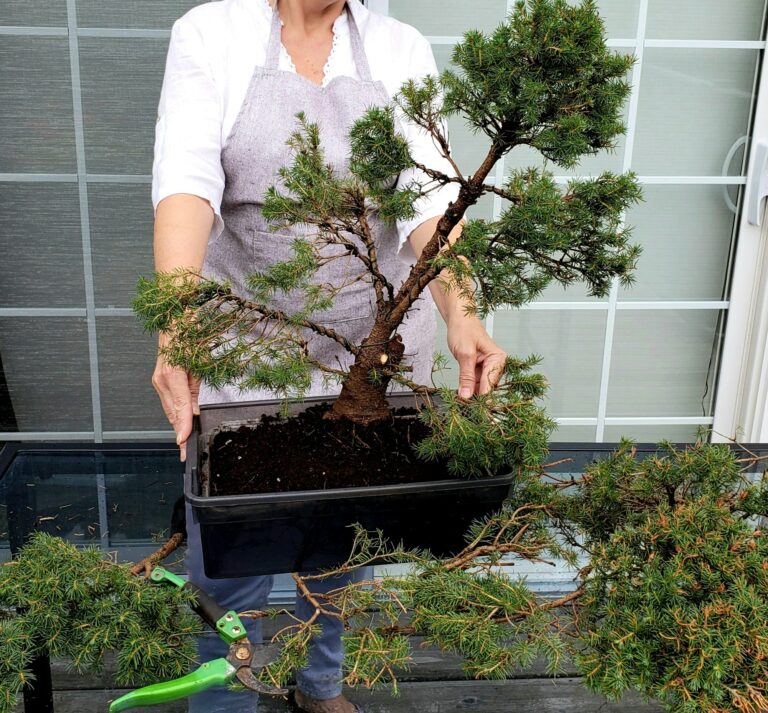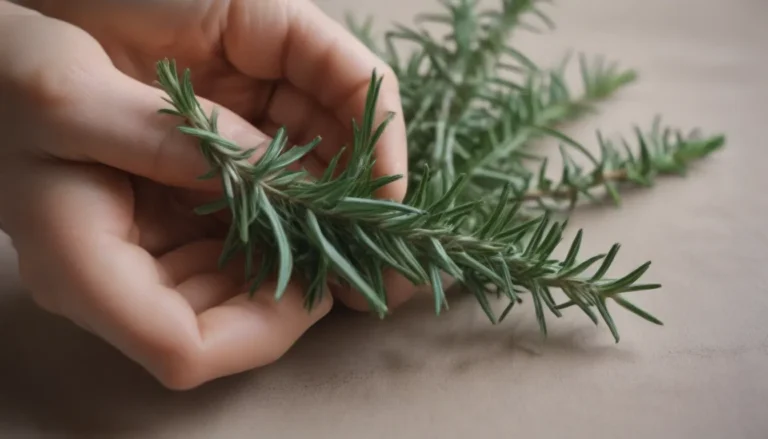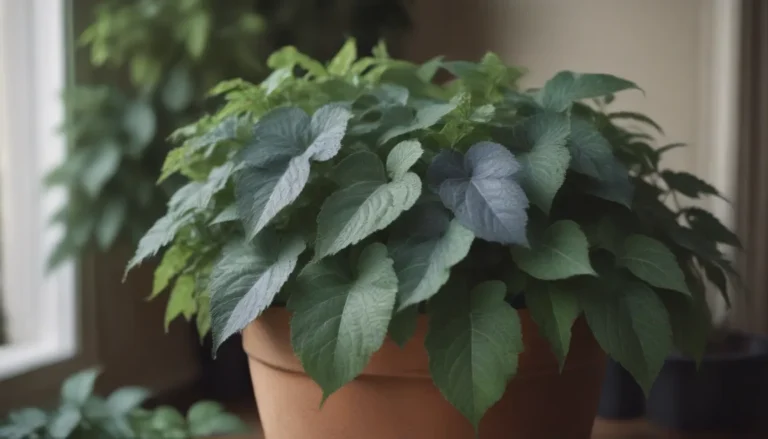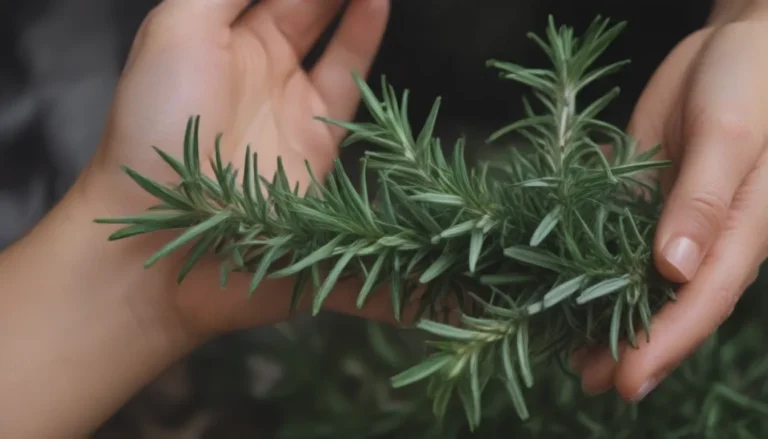All About Growing and Caring for Caper Bushes
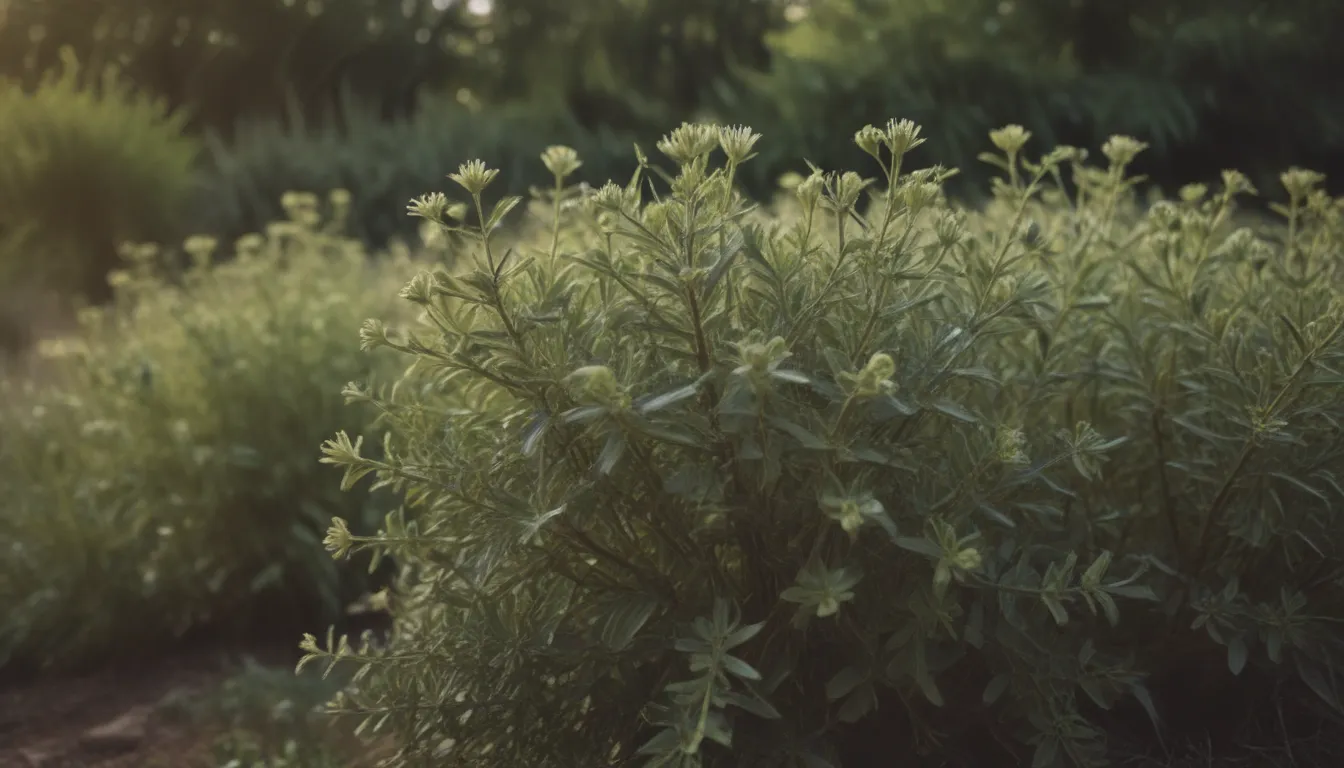
If you’re a fan of capers and their tangy flavor, you might be surprised to learn that these delectable treats come from a beautiful and popular bush known as the caper bush. These bushes are native to the Mediterranean region and are not only prized for their culinary uses but also for their fragrant flowers that can add charm to any garden. Let’s dive into the world of caper bushes and learn how to grow and care for these plants.
What is a Caper Bush?
The caper bush, scientifically known as Capparis spinosa, is a flowering plant that produces the well-known capers used in cooking. This bush is known for its unripened flower buds, which are harvested, dried, and brined to create the tangy flavor that enhances a variety of dishes.
Fun Fact: Did you know that the caper bush is not only beautiful but also has a long history of culinary and medicinal uses dating back to ancient times?
Caper Bush Care Guide
Caring for caper bushes is relatively simple, as long as you provide them with the right conditions and minimal maintenance. Let’s explore the key aspects of caring for these delightful plants.
Light
Caper bushes thrive in bright, direct sunlight, so it’s essential to plant them in a location where they can receive at least six to eight hours of sunlight each day. If partial shade is unavoidable, opt for a spot that gets morning sun and afternoon shade to protect the plant from the harshest rays of the day.
Soil
One of the great things about caper bushes is their adaptability to various soil types. They can flourish in low-nutrient, sandy, or gravelly soil with different pH levels, including acidic, neutral, and alkaline. The crucial requirement for caper bushes is well-draining soil to prevent waterlogged roots, as they detest having “wet feet.”
Water
Initially, caper bushes require more frequent watering to establish themselves, but once established, they become drought-tolerant and need minimal watering. Their deep root system allows them to find and retain moisture efficiently.
Temperature and Humidity
Caper bushes thrive in dry, hot environments, similar to their native Mediterranean habitat. They can remain evergreen in hot regions but may lose leaves in colder temperatures. If you experience extremes in temperature, consider bringing potted caper bushes indoors during chilly weather to protect them from frost.
Fertilizer
Mature caper bushes thrive in infertile soil and don’t require additional feeding. However, young plants can benefit from slow-release fertilizer during the first few years of growth. Follow the product instructions for the right amount and timing of fertilization.
Pruning Your Caper Bush
Pruning your caper bush is essential to promote healthy blooms and maintain a tidy shape. Do a hard prune each winter to encourage new growth and ensure a flourishing shrub. For young plants, wait a couple of years before starting pruning to allow them to establish and begin producing buds.
Propagating Caper Bushes
If you’re up for the challenge of propagating caper bushes, patience and care are key. Stem cuttings should be collected between February and April for the best results. The process of propagating caper bushes from cuttings requires dedication and attention to detail.
How to Grow Caper Bush from Seeds
While some gardeners prefer purchasing young caper bushes from nurseries, you can try growing them from seeds. The seeds need soaking for 24 hours, and if they are not fresh, cold stratification is necessary before planting. The germination process can take up to three months, so be patient and attentive throughout the growing phases.
Potting and Repotting
Caper bushes thrive in pots as long as they have well-draining containers. Start with a smaller pot for seedlings and repot into larger containers as the plant grows. Regular repotting helps replenish soil nutrients and ensures the healthy growth of the bush.
Overwintering Your Caper Bush
If you live in an area with harsh winters, consider overwintering your caper bush indoors or in a greenhouse. Bring the container inside when temperatures drop below 20 degrees Fahrenheit to protect the plant from frost damage.
Common Pests and Plant Diseases
Despite being robust plants, caper bushes can fall victim to pests such as cabbage moths, cabbageworms, snails, slugs, flea beetles, and flies. Additionally, aphids can transmit cucumber mosaic virus to the plant. Use preventive measures like plant netting or insecticide sprays to combat pests and keep your caper bush healthy.
Encouraging Blooms on Your Caper Bush
One of the most rewarding aspects of growing caper bushes is witnessing their beautiful white flowers with violet stamens in full bloom. Here’s how you can encourage prolific blooming on your caper bush:
Bloom Months: Late spring to early fall is the peak blooming period for caper bushes when left unpicked.
Bloom Duration: Caper bushes bloom continuously for 3 to 5 months, with individual flowers lasting only a day. By letting the bush spread freely, you can enjoy blooms throughout the growing season.
Flower Characteristics: Caper bush flowers are showy, with four sepals and four white to pinkish-white petals adorned with pale purple stamens and a single stigma. The flowers emit a lovely fragrance that adds charm to your garden.
Bloom Enhancement: Prune the bush significantly before winter to promote more flowering shoots in the following season. Keep the soil moist and refrain from picking the buds to enjoy abundant blooms.
Harvesting Caper Buds
Once your caper bush is well-established, you can start harvesting the dark green, tight buds in the summer. These buds are sun-dried before being brined, salted, or pickled for culinary use. Optimal bud production is usually achieved in the second year of growth, so patience is key when waiting for your caper bush to mature.
Tip: Remember to harvest caper buds in the morning when they are at their freshest and most flavorful.
In conclusion, growing and caring for caper bushes can be a rewarding experience for gardeners and culinary enthusiasts alike. With proper sunlight, well-draining soil, and minimal maintenance, you can enjoy the beauty of caper bushes in your garden while reaping the flavorful rewards they offer in the kitchen. Whether you’re a novice gardener or a seasoned plant enthusiast, adding a caper bush to your collection can bring a touch of Mediterranean charm to your outdoor space.
References
- Specialty Crop: Caper. University of California Agricultural and Natural Resources.
- Sastry, K.S., Mandal, B., Hammond, J., Scott, S.W., Briddon, R.W. (2019). Capparis spinosa (Caper bush). In: Encyclopedia of Plant Viruses and Viroids. Springer, New Delhi. doi:10.1007/978-81-322-3912-3_171
Embrace the beauty and flavor of caper bushes in your garden, and let these versatile plants add a touch of elegance and zest to your culinary creations. Happy gardening!

